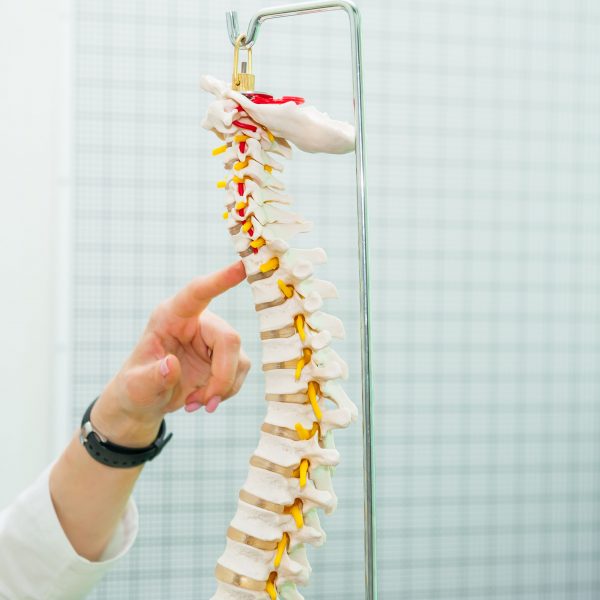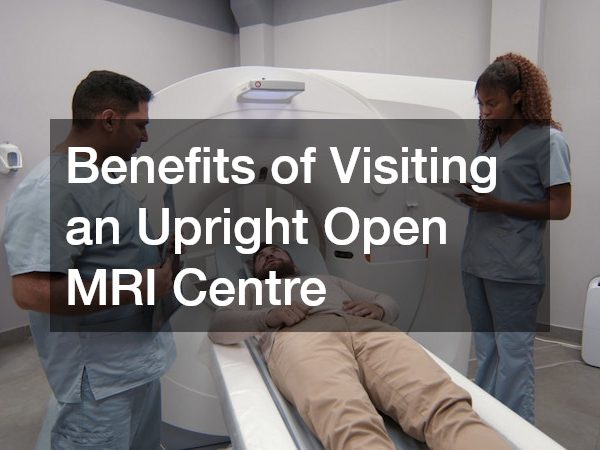Hospice care is generally associated with pain relief in patients at the end stages of a life-limiting disease. As such, some families might opt to stay with their loved ones at home, provided that they have the right pain medication to ensure that their lives are pain-free. Although pain relief is one of the critical elements of hospice care, there are many aspects involved. One of these elements is the management of fatigue, which is a feeling of extreme tiredness coupled with a general lack of energy.
There are different approaches in a hospice center in Southern Indiana for managing fatigue. This is because fatigue is one of the leading causes of poor clinical outcomes in hospice patients. The fatigue is attributed to several issues, including medications, sleep disorders, and psychological and physiological stresses of the patient. The following are some of the management options for fatigue in patients facing life-limiting conditions:
Psychostimulant Medication
Opioids are the standard drugs used to alleviate pain in hospice patients. The main side effect of these drugs is fatigue and sedation. If this is the cause of fatigue in a hospice patient, then psychostimulants can be used to counter the effects of opioids. L-carnitine supplementation and methylphenidate are the common medications used to stimulate the patient out of drowsiness. The dosage of opioids might also be reduced to minimize drowsiness.
Psychotherapy
Most hospice patients suffer from depression, which might be evidenced with a non-agitated and acute confused state. The patient in this instance will look and feel constantly weary. Psychotherapy uses counseling techniques and drugs to alleviate the symptoms of depression and make a patient feel energized once again. Counseling to boost a patient’s mental status is not limited to the patient. Even loved ones will undergo counseling to understand better what the patient is going through and empower them to contribute to the patient’s mental health.
Physiotherapy and Occupational Therapy

One contributor to fatigue in hospice patients is body aches. Hence, patients will prefer sitting or sleeping in one position to alleviate the discomfort that comes with movement. To avert the aches, physiotherapy and occupational therapy make a part of the patient’s treatment. Physiotherapy focuses on relieving joint pain and encouraging movement while occupational therapy helps the patient adapt to the condition of their body because of the disease.
Nutritional Support
The medications used in hospice care cause a loss of appetite or constant vomiting in patients. Moreover, most life-limiting illnesses take a toll on a patient’s body and contribute to a loss of appetite. In hospice centers, nutritional support might entail enteral feeding, supplementation of various feeds, and use of drugs such as anabolic steroids and progestins.
Caring for someone with a life-limiting condition is not an easy feat. The only way to guarantee that your loved one is comfortable during their final days is to invest in hospice care. Fortunately, hospice care is no longer an expensive affair. With a boosted energy using the techniques mentioned above, your loved one’s life will be lengthened and more fulfilled than when they are constantly fatigued. The energy will also increase the body’s strength to fight the condition.






